Female Pattern Hair Loss
(Androgenic Alopecia)
Whilst genetic thinning and baldness is more common in men, many women experience pattern hair loss too. However, female pattern hair loss is different when compared to men. While men experience a ‘receding frontal hairline’, women with female pattern hair loss normally experience ‘diffused thinning’. This can usually be seen throughout the top of the head or crown. The signs and symptoms of this hair loss is generally thinning in the top of the head and loss of hair in the hairline or crown.
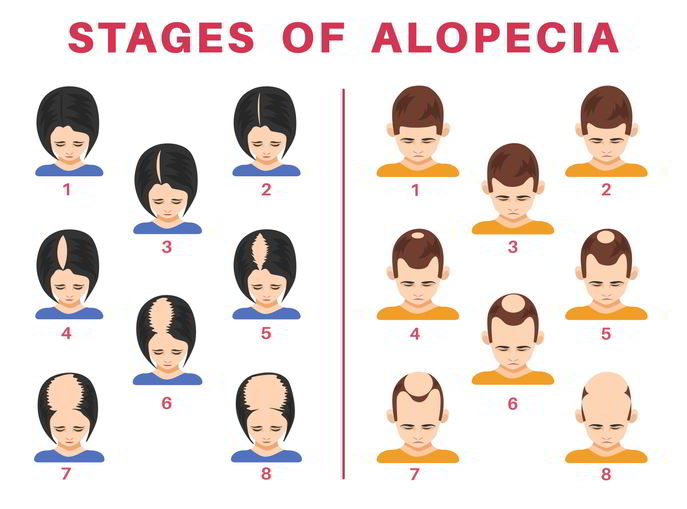
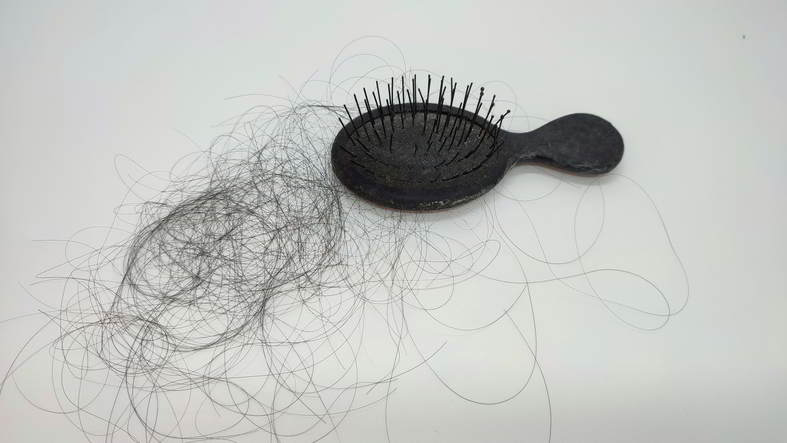
What is Female Pattern Baldness?
Female pattern hair can begin in the 20s or earlier and progresses from there throughout a women’s life. This pattern of hair loss can normally be noticeable around the age of 40, and may become more severe after menopause. By the age of 50, half of women will experience some degree of hair thinning from female pattern hair loss or other hair loss conditions such as diffuser hair loss or telogen effluvium.
Female pattern hair loss can often be identified as an overall thinning of the scalp. An example would be that instead of 10 hairs in an area, there would be three or four hairs, rather than a bald area on top of the head like men. Women may also suffer from a receding hairline. In female pattern hair loss, hair follicles gradually end up shorter and finer due to a slower hair growth cycle.It is common for women to notice their parting becoming wider or their ponytail becoming less dense as the first signs of hair loss appears.
There are many brief conditions such as pregnancy, medication, diet, or stress that are responsible for hair thinning, the majority of women who experience this condition is attributed to Androgenetic Alopecia, or Female Pattern Hair Loss.
Within the follicles affected by female pattern hair loss, biologically active testosterone is converted by an enzyme into a much more potent hormone derivative called ‘Dihydrotestosterone’. It is this powerful hormone which inhibits the metabolism of the forming genetically predisposed hair cells, resulting in the gradual process of finer, weaker hairs, as the follicle continues to shrink. Eventually these hair follicles die, resulting in irreversible baldness. In women, it is far rarer for areas of true baldness to appear than in cases of Male Pattern Baldness, though hair thinning can become advanced around the top of the scalp, as shown in this diagram.
Hormonal changes and their effects on female hair loss
Hormonal changes are a common cause of hair loss in women, and can trigger female pattern hair loss. After pregnancy or discontinuation of birth control pills, many women experience hair thinning to varying degrees, usually on a temporary basis.
While a woman is pregnant, and hormonal changes are occurring, more hair follicles enter the growth phase than normal. About two to three months after childbirth, the normal hair cycle returns and many hairs re-enter the resting phase which causes excessive shedding to occur. When this happens, a woman will start to shed more hair than usual. As a result, she will usually notice large amounts of hair in her brush and bath. This is usually a temporary condition, and as hormone levels in the body return to pre-pregnancy levels after about six months, the excessive shedding normally ends. If the condition does not change after six months, a woman may be experiencing female pattern hair loss which was masked by childbirth.
In this case it would be best to contact our clinic and schedule an appointment with one of our resident hair specialist professionals.
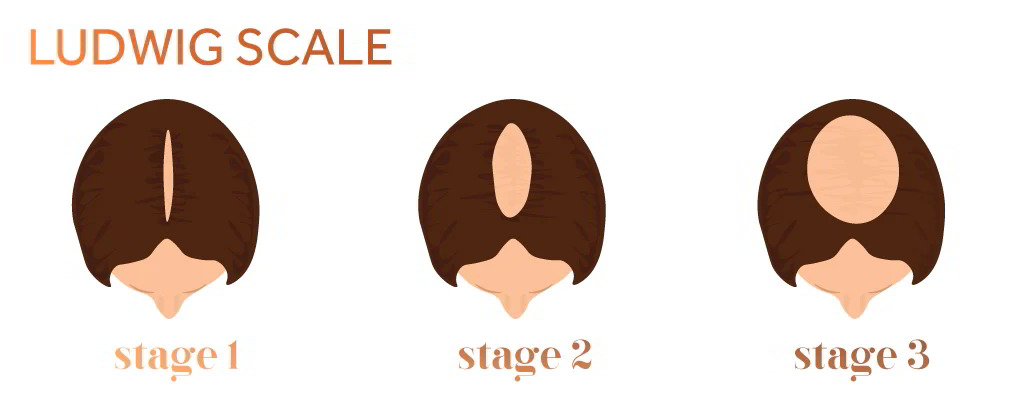
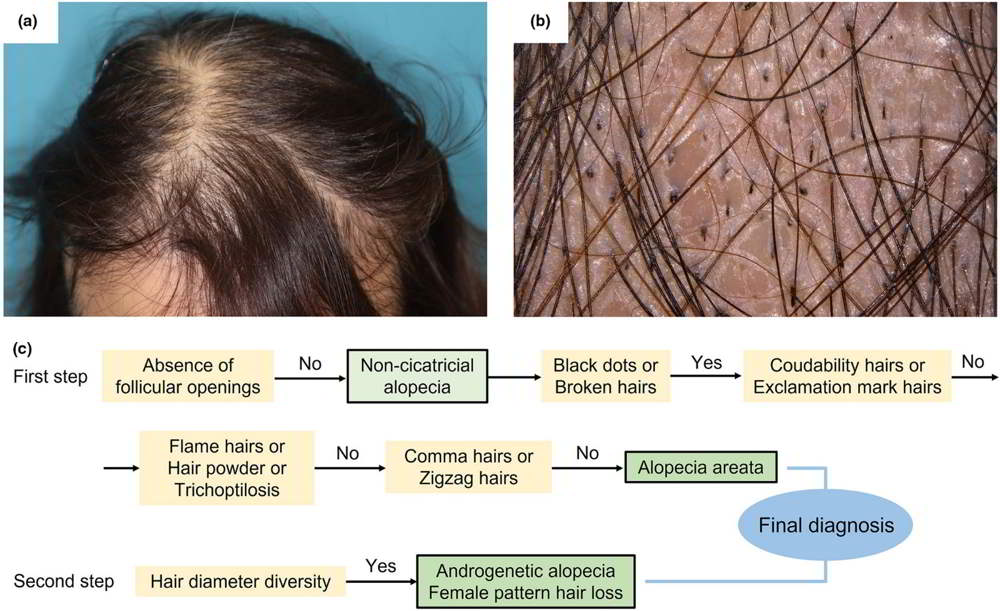
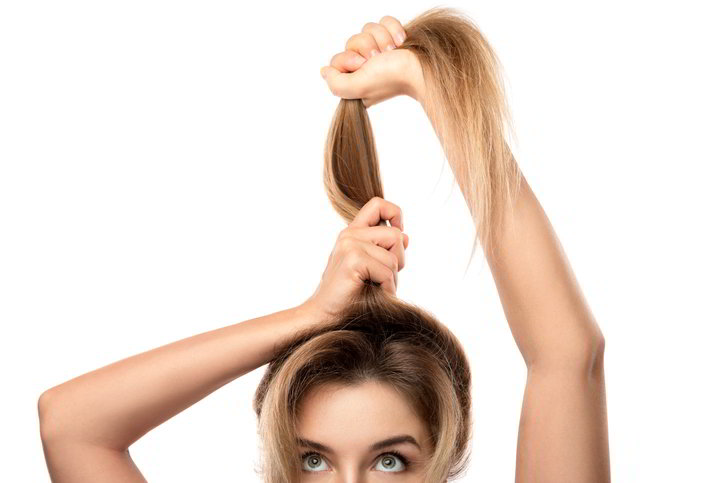
Female Hair Loss Treatments
Modern day advancements have fortunately made it easier to deal with Female Pattern Hair Loss. This condition is one of the most treatable women’s hair loss conditions. We offer clinically proven treatments that help reverse the hair loss in women. You can find out more about these treatments on our FEMALE HAIR LOSS TREATMENT page.
